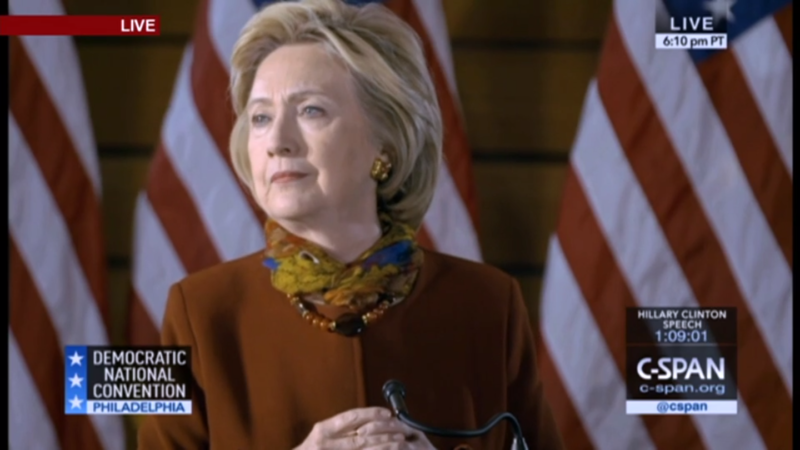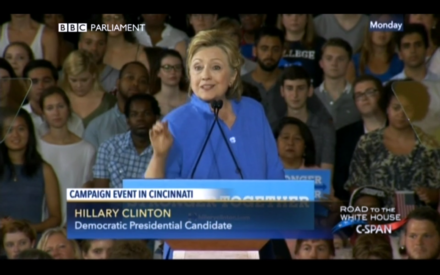

I have faithfully attended Labour Party conference for over 30 years. But last week I attended my first Democratic National Convention in Philadelphia. Philly is traditionally known as “The City of Brotherly Love” Whether this is appropriate for a party conference venue I will leave the reader to decide.
When I first started attending Labour Party conference it was common to mock US political conventions. They were considered weird spectacles, devoid of any serious policy making, full of men in funny hats and basically a “made for TV” carnival.
Under New Labour, however, Labour Party Conference moved further to the US model. Genuine policy making has gradually been stripped out of party conference. Time that used to be given over to debate is filled up with videos and panels. Where once only delegates and NEC members were able to speak at conference, (shadow) ministers dominate what debate there is. Only the men in the funny hats are missing.
But there remain differences. The obvious one is that of scale. The stadium in which the Democratic National Convention was held this year holds 16,000 visitors with 4000 delegates on the floor. So the electric atmosphere at an event this size has to be experienced to be believed. This year the Democratic Party officials went to extra lengths to keep everyone calm. There were thousands of disgruntled Bernie Sanders on the floor of the convention spoiling for a fight (metaphorically of course). Sanders himself personally texted each of his delegates to entreat them to be calm and respectful. And extra marshals were deployed on the floor of the convention. There was one Clinton marshal and one Sanders marshal for every delegation. Their job was simply to roam the floor to nip tensions in the bud and minimise booing. They did not entirely succeed. But with 80 degree heat and thousands of excitable activists in an enclosed space, it could have been much worse.
The other difference is that, whilst Labour Party conference is a daytime event, the Democratic Convention basically only gets going in the evening with keynote speeches between 8pm and 10 pm. This maximises TV coverage. On the first night of the convention more than 25 million people watched it on the major networks. Starting after work also means that corporate sponsors can organise “watch” parties with free food and drink where people get together, in venues all over the city, to watch proceedings all evening.
The Democratic Convention also seems to have a different business model from Labour Party conference. In the UK all the cost of staging the conference falls on the political party. In America they have something called the Federally Designated Presidential Convention Host Committee which raises much of the money. Corporate money is levered in differently too. There are no conference exhibitions or stands. Instead corporations are encouraged to sponsor “watch” nights and other events.
On Friday delegates left Philly for all parts of the US. In the primary elections to decide who would be the Democratic Party presidential candidate Bernie Sanders fought Hillary Clinton to a standstill. But, despite the bitterness of that fight, Democratic Party activists are preparing to unite behind the properly elected candidate. Hopefully, whatever the result of the Labour leadership election, Labour people (including MPs) will do the same.




More from LabourList
EXCLUSIVE: A Christmas message from Hollie Ridley
‘Carol of the Bells: Christmas, Ukraine’s resistance and the fight for freedom’
LabourList Christmas quiz 2025 round 3: 12 Days of LabourList Christmas